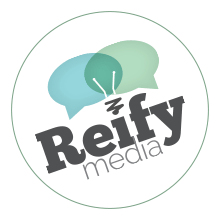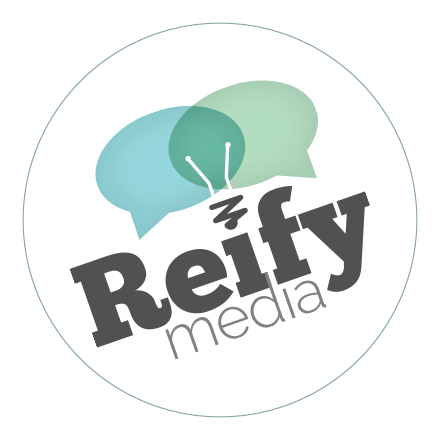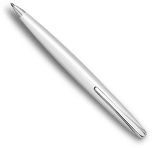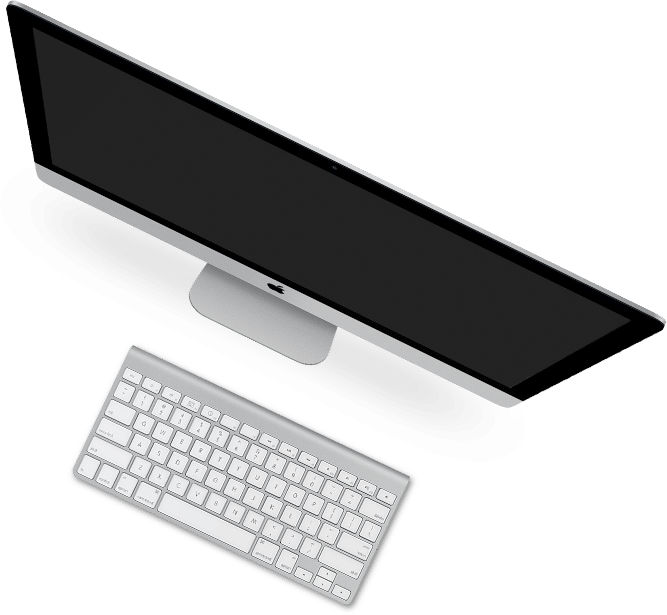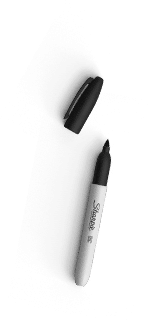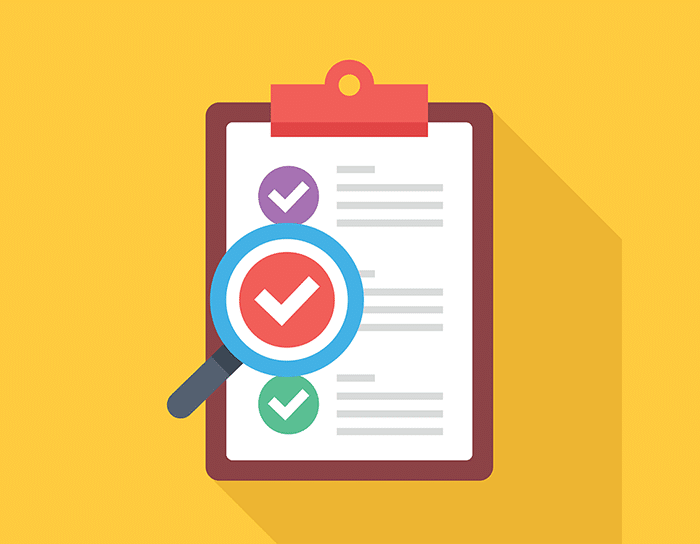How do you approach a new project or idea? Have you noticed any kind of pattern you follow when putting together a proposal, or writing a book, or designing a new product?
This blog post shares a 3-phase process that I use as Director of Web Solutions at Reify Media, and while it’s designed to help our team manage web projects, I think it’s helpful for any situation that needs to be approached with a problem-solving mindset. Is there an idea you have that could use a bit of troubleshooting or planning? Are you interested in a quick-but-effective process for brainstorming? If so, then I hope it’s helpful to have this process in your back pocket. To get us started, let me walk you through my role and our web development process.
My main role at Reify is to provide front-end web development, but my title is Director of Web Solutions — not Web Developer. I like Director of Web Solutions much better because I view all web projects the same way: I’m solving a problem for the end user. My solution-centered mindset informs my process, which means a different solution for every web project.
I’ve learned that every project is different and that every person we work with has a different workflow. Sometimes our clients are comfortable with technology, but that comfort level varies. In addition, new software options are always coming out. It’s safe to say that while our team has been creating on the web for many years, we still learn something new with every project.
Still, despite all that variability, I approach each one in three main phases, designed to help me problem-solve with the client and the end user in mind:
PHASE 1: How can the website help our client achieve their goals?
We want the websites we build for our clients to have more than just a pretty face – we want the site to do some of the work for them. Through design and development, we consider our clients’ goals and see how the website can help boost their efforts. For instance, many of our clients have products and services that they sell, and one of their biggest goals is to make it as easy as possible for their customers to find information and purchase. Through ease of navigation, the use of color, layout, buttons, etc. we can highlight their products and services and keep the number of clicks it takes between visitors landing on their website to checking out down to a minimum. That website will be different from a website that’s designed to build credibility. For example, a client whose objective is to secure media spotlight and research accolades may minimize color and pizzaz and might employ more text and more links to professional partners. Starting with the client’s goals helps us to adapt the idea so that it works for the client
TRY IT · How will this new project (or idea/product/process) help with the person’s or the organization’s goals?
Taking time to consider how this project will contribute to current personal or professional goals is vital. We’ve all had that lightning moment, maybe in the shower or during a morning commute, when a new idea hits. But without taking time to reflect on how the idea matches with our overall goals, we miss the opportunity to ensure that the idea is working for us. There are only so many minutes in a day and only so many ideas that can be tried. We also want to maximize every opportunity—taking time to reconsider your idea within the context of your overall goals may help you to make connections between different tasks/efforts so that you’re better aligned toward your greatest objectives.
PHASE 2: What software in particular could help us build their site?
Working with the software can be tricky. We always begin with research (spending time scouring the internet for resources or asking colleagues for advice or suggestions), then we have a few different ways we try to solve any technical requirements during the web development phase of a project:
- Custom coding (in-house or contract)
- Plugins
- Combination of plugins and customization
The important thing for us to remember is that it isn’t always about which tool is the newest, or most feature rich—it’s about matching the project needs to the tool, not the other way around.
TRY IT · What tools are available that are best for this project?
Sometimes we’re just eager to try a new tool or strategy, or we fall into a routine of using the same tools. But taking time to specifically think about tools at the second phase of the project can be really helpful.
Imagine you’re giving a talk in a few weeks—is PowerPoint really appropriate? There are times when it isn’t, but it’s such a default tool for presentations, we often don’t stop to take time and consider other options.
PHASE 3: How easy would it be for our client to maintain?
We always try to be proactive before we even get to this phase, thinking every step of the way about whether each solution will be feasible for the client to understand and maintain. Then we offer training to make sure they know how to use and update what we’ve built for them. (They are always welcome to contact us for help, but this training allows us to walk through the back-end with them and they can ask us questions in real time.)
The goal in this phase is: am I making a sustainable decision? We want to build something that works now and going forward.
TRY IT · How will this project (or idea) be maintained or sustained?
Who will be responsible for it? How often will they need to revisit it? What aspects of it will they need to be able to interact with going forward?
If you’ll be the only handler, then you’re already an expert. But if your final product or topic will reach many users, you want to set them up for success by providing tutorials, documentation, additional resources, etc. to keep their experience positive and to keep them coming back. If you’re creating a new software tool, this means thinking about whether a client might need to adjust features of the tool before turning it over to them. If you’re creating a presentation, it might mean thinking about a blog post of additional resources or some other support system to help your audience continue with the idea after the presentation is finished.
It’s important to consider having some kind of damage control system in place – being available for support or have a resource system set up can de-escalate their frustration, turning a negative experience into a positive experience.
Summary
Following these three phases helps me focus on the best solution for our clients. But you can see how these three phases could apply to any situation that needs a bit of problem solving or brainstorming.
What is your mindset when fostering a new product or idea? Could adopting a similar problem-solving mindset, or repurposing these three phases, help you with your next project?
This article was also published on LinkedIn as https://www.linkedin.com/pulse/approaching-projects-from-problem-solving-mindset-vanessa-smith.
